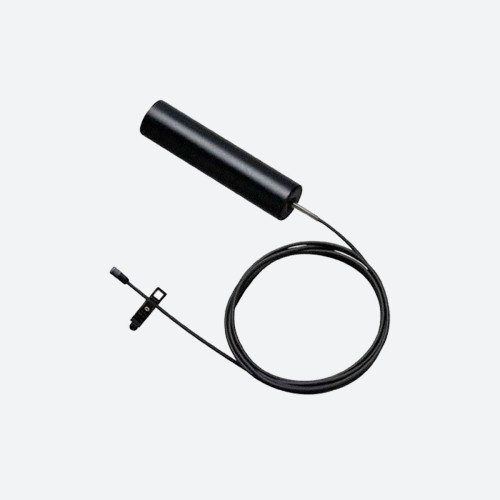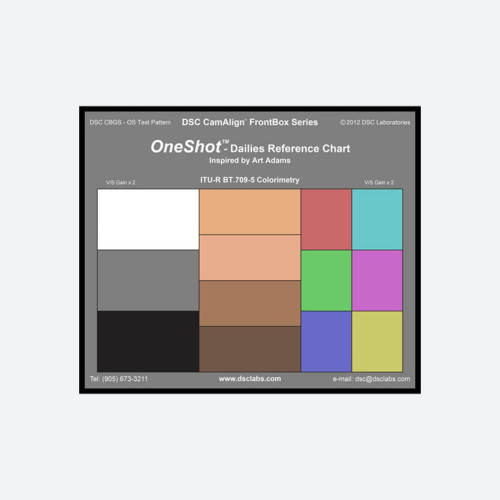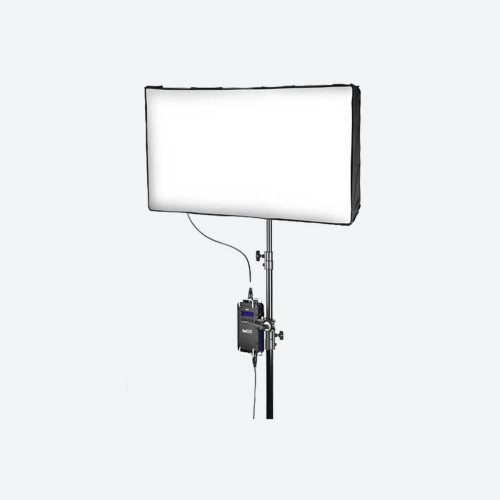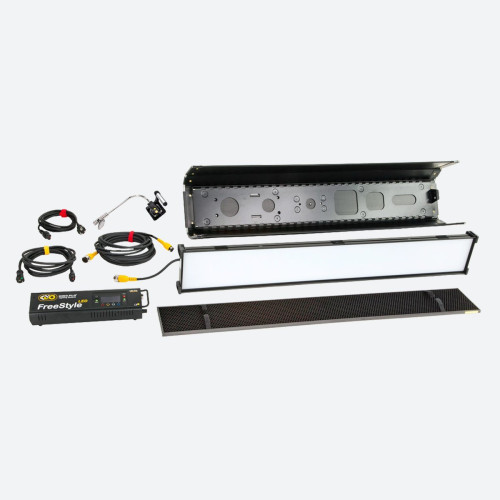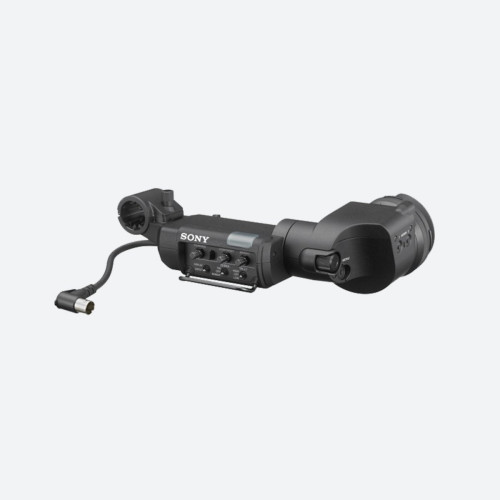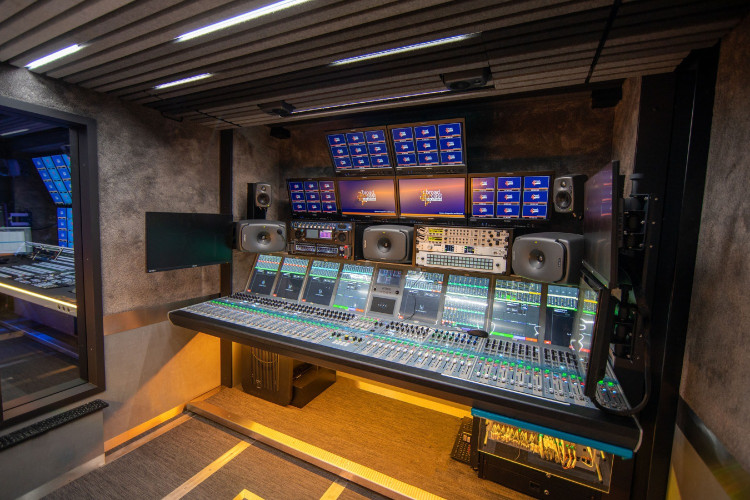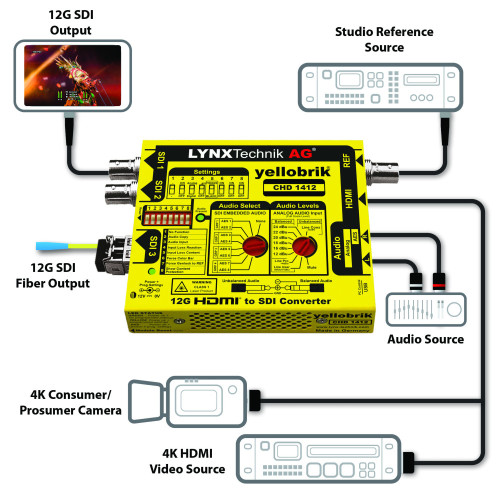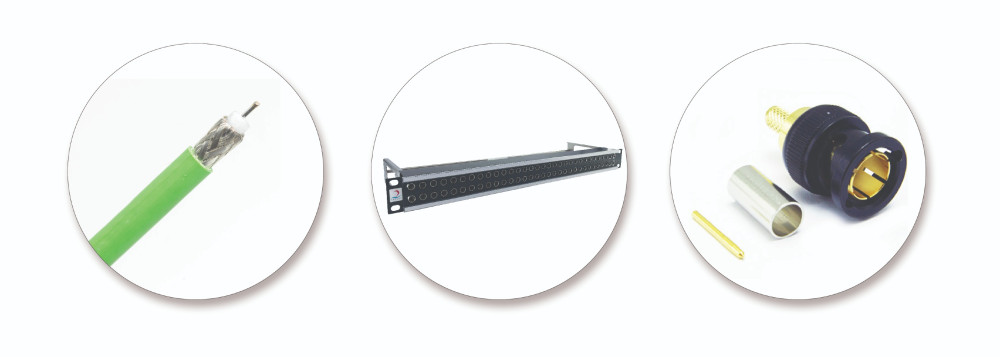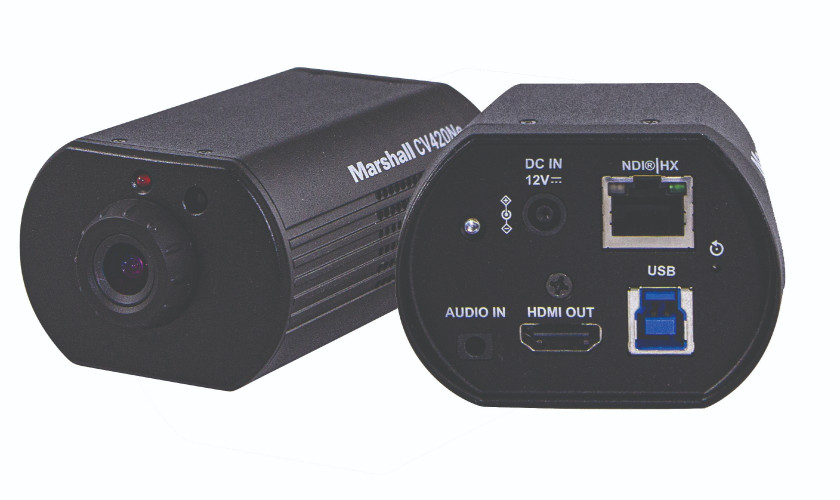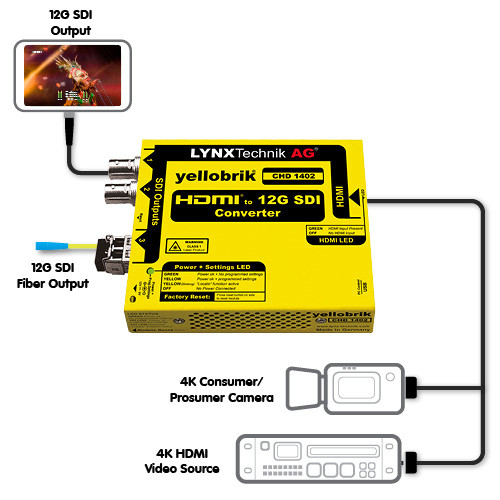by Dick Hobbs Issue 86 - February 2014 At the start of each year you hear the sound and fury as the technology correspondents of broadcasters and the popular press head off to Las Vegas for CES, the annual exhibition of the Consumer Electronics Association.
I have never been: I feel that two trips to Las Vegas a year would count as cruel and unusual punishment. But I understand that CES far exceeds NAB in size, attendance, and sheer noise. Everyone is there, and the hype quotient is set to lethal.
To justify their travel budget, all those technology correspondents file lots of stories on the things that are going to be big. Or, to be precise, those things that their manufacturers tell us are going to be big. Or, to be even more precise, those things that the booth babes rented from a local model agency by the manufacturers tell us are going to be big.
Google BBC CES 2014, for example, and the top stories you get are Robothespian robot amuses convention-goers (a performing robot just what we all need); Wearable technology becomes self-contained (smart socks that monitor your daily jogs); and BMW shows off drifting self-drive cars (is it me or is it very unlikely that someone who wants to drive like Jeremy Clarkson would choose a car that drives itself?). Analysts including Kontera and Hotwire/33Digital carried out research into the buzz of CES this year, number crunching all the mentions from Twitter to the serious press. And the top trend was 4k television.
This is fascinating, because there is no such thing as 4k television. No-one is now delivering or planning to deliver 4k resolution to the home. Netflix occasionally talks about it, but you need a pretty big broadband connection for that sort of data dump. Even with HEVC/H.265, delivering a picture with four times the pixels of HD is no small ask.
Yet the consumer electronics manufacturers were falling over themselves to offer bigger, better and 4k-ier screens. Call me cynical, but I have to suggest that this is simply a way to push prices back up, and to persuade us to buy big televisions more often.
The good news is that a lot of these high resolution screens use Oled technology, which has had huge promise for close to a decade, and if it can now be reliably delivered, in consumer quantities, at any size, then that is a real cause for celebration.
Because Oled is a single layer, light-emitting device it is very thin, and some vendors even offer curved screens. This is good for getting headlines from technology correspondents, but is otherwise useless. If you curve the screen, then only one person can sit in the sweet spot, and any other viewers will have a decidedly strange view. Not, in other words, the shared living room experience.
Allow me to offer a small piece of QI knowledge, the sort of fact that will probably not even be of use in a pub quiz. The definition of 20/20 notionally perfect vision is the ability to resolve one arc-minute of detail. In other words, we can see something that is at least one-sixtieth of a degree when it reaches our eye.
Dick Hobbs is Counting Pixels

Author: Dick Hobbs.
Published 1st March 2014




